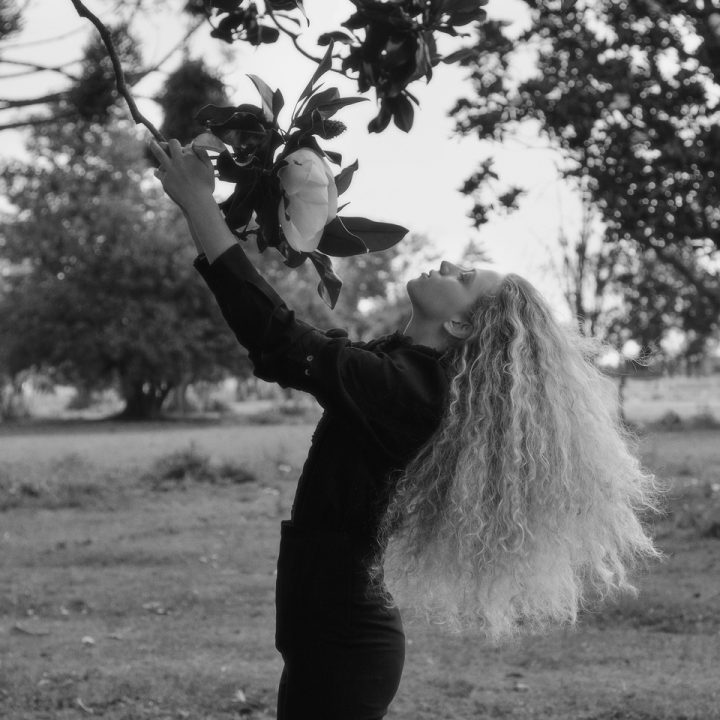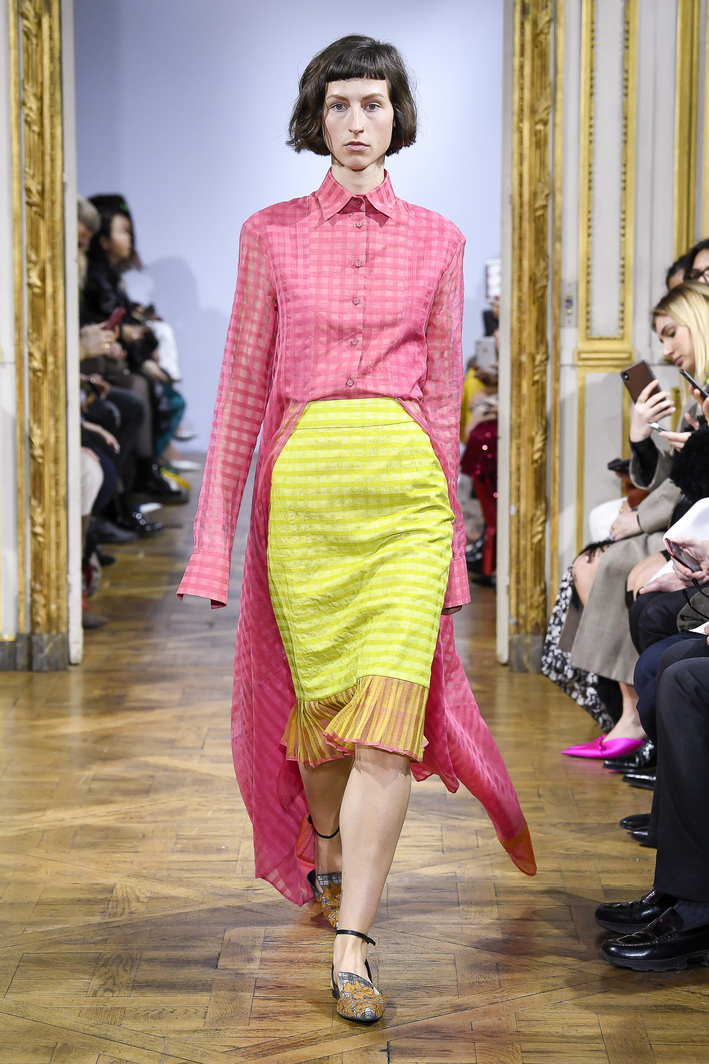It’s not very often that the perception of despair is truly challenged. It’s a heavy cloud, a bale of undone cotton, weighed down by the remnants of our experiences- remnants that exist and those that cease to.
And so, when one dusty evening in my village of Malhousie I was confronted with what remained of my childhood, I drew a picture of despair and pleasantly found myself in the gifted position of challenging it- revelling in its sweet aftertaste. The narrow lanes grassy as ever, unfazed by us kids cycling to the village well, the hopscotch lines blurred to nothingness, the air bereft of our giggles and the houses, owner-less, left to live a life of their own.
I had moved on, my friends had moved on, but my childhood remained where I left it. Not in its old naive glory but it stood as a tombstone for nature to creep out of, bloom full through crevices long lost in time.
The walls did not smell of my playful banter when I was eight, but it smelled of something else. It smelled like rain, like freshly cut grass, like a bashful flight of a myna, like a sea of wild roses fighting concrete and claiming ground. It smelled like a loss of things I had lived and it smelled like a promise of everything that was to come.
This fall, the clothes are humble embodiments of that sentiment. Yards of black and white handwoven in central India, paint a palette of my village buildings- a nostalgic rendition of the past.
I couldn’t miss the victorious sight of a tiny sapling sprinting towards sunlight through the crack of a broken pipe. Through window panes and defunct ceilings, emerged an undergrowth of wild flowers. The jackets and dresses bare a canvas to that vision in meticulously hand cut three dimensional blooms in a maze of colours lent by ‘fareeshe ka kaam;’ An age old artisanal technique of embroidery, ‘fareesha’ translating to ‘light’ itself.
I was thinking of my school when I picked the tartan. Strict codes of uniform swept by a tide of lace and covered to oblivion by drapes in cotton, an observation of the organic, the wild- reclaiming what was once its own. This by far has been my most intuitive endeavour, where there is little fabrication involved. The weavers drew the lines unhindered- writing their own verses, humming their own tune. It was a moment of sheer mirth to watch the embroiderers tack the flowers, in silk floss, as how they wanted. The tartan was their playground now and their imagination the limit. No two pieces of the same garment are ever going to be the same, in fact no box in a piece will ever be the same.
The collection grew itself and the artisans birthed that growth. There is a life in the clothes now that could not have been manufactured- it was a natural inception and we watched it blossom in plain sight. It is indeed essential to challenge despair and I, for one, feel blessed to have clothes walk me through it, to have Nature at its most defiant serve a promise – a gleam of optimism.







Comments are off this post!